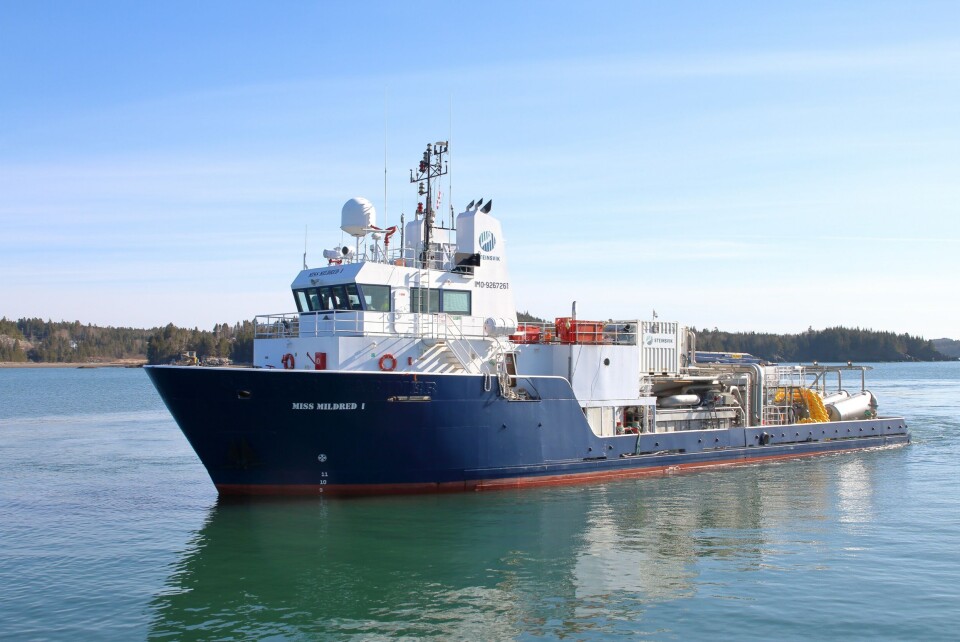
Miss Mildred puts the heat on lice in eastern Canada
Cooke Aquaculture has become the first salmon farmer in Atlantic Canada to use Steinsvik’s Thermolicer for treating sea lice.

The machinery, which uses warm water, has been fitted to the Miss Mildred, a new boat added to Cooke’s fleet.
“Trialled last summer, this technique has proven to be 98 per cent effective at removing the lice without harming the fish. It’s a simple and effective treatment that further reduces our need to use chemicals or medicines. This is an exciting evolution in sea lice management for us,” said Cooke press spokesman Joel Richardson.
Cooke says it has invested millions of dollars in research, development and engineering to build a complement of green sea lice treatment options that don’t involve chemical baths or in-feed treatments. Several options – including some developed in-house and some that have been designed by industry-leading companies – have shown tremendous promise.
The company said provincial and federal governments have also supported research and development of alternative sea lice treatments methods.
“The Thermolicer exploits a vulnerability of sea lice that we know do not tolerate sudden changes in water temperature,” said Steinsvik’s marketing representative, Tore Laastad. “Sea lice are immediately sensitive to sudden temperature changes. By suddenly heating the louse, it will fall off the fish.”
As well as the Thermolicer, Cooke expects to deploy two other systems this summer: the in-house designed “Cooke R”, that has been extensively trialled, and the Hydrolicer.






















































